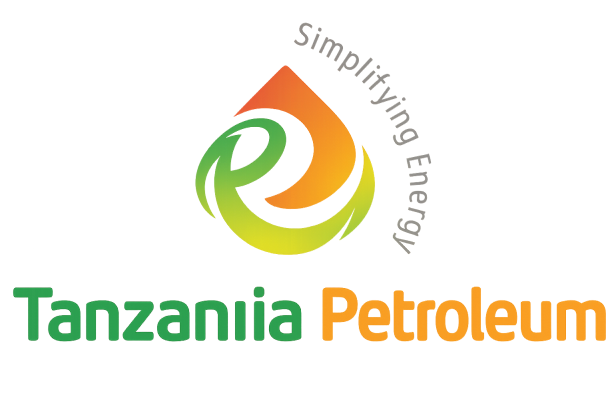
Liquefied Petroleum Gas (LPG) presents substantial opportunities for Africa’s energy sector, particularly in urban energy access, clean cooking solutions, and economic development. This article provides an overview of market potential, infrastructure initiatives, and investment opportunities.
- Market Growth Potential
Africa’s LPG market is projected to grow significantly over the next decade. According to S&P Global Commodity Insights, LPG consumption in Africa could increase three- to five-fold by 2030. The growth is driven primarily by the need for cleaner cooking solutions and the expansion of LPG distribution infrastructure.
- Clean Cooking as a Strategic Driver.
LPG is increasingly recognized as a key solution for clean cooking, particularly in urban and peri-urban areas. The International Energy Agency (IEA) reports that expanding LPG access can significantly reduce household reliance on solid fuels, with urban areas expected to achieve near-universal access by 2035.
- Economic and Employment Opportunities.
LPG expansion in Africa could create up to 460,000 jobs by 2040. Key employment areas include:
- Cylinder manufacturing
- Logistics and transportation
- Distribution and retail operations
These opportunities can empower local entrepreneurs, including women and youth, and support sustainable livelihoods.
- Infrastructure Developments
Significant investments are being made to strengthen LPG infrastructure:
- Tanzania is constructing the Tanga LPG terminal, set to become the largest facility of its kind in the country.
- Expanded storage, distribution networks, and cylinder supply chains are being implemented to meet growing demand.
- Investment and Global Commitment
Global energy companies, including TotalEnergies, BP, Shell, and Equinor, have committed over $500 million to improve energy access in sub-Saharan Africa. Investments focus on:
- Modern cooking fuels like LPG
- Domestic solar systems
- Micro-electricity grids
This reflects a broader commitment to addressing energy access for over 2.3 billion people worldwide.
- Tactical Insights for Stakeholders
For businesses, investors, and policymakers, the LPG sector offers actionable opportunities:
- Market Entry:Consider urban and peri-urban markets where demand for clean cooking is growing.
- Infrastructure Investment:Focus on storage, cylinder supply, and distribution networks to reduce bottlenecks.
- Public-Private Partnerships:Collaborate with governments and international agencies to support LPG adoption initiatives.
- Economic Empowerment:Integrate local entrepreneurship in distribution and retail to maximize social impact.
Conclusion:
Africa’s LPG sector is at a pivotal stage, with growing demand, infrastructure investments, and strong international support. Tactical approaches focusing on market entry, distribution networks, and clean cooking adoption can yield both economic and social benefits.






